All about potato yield

Almost every gardener plants potatoes on his site. This crop has good yields. Plants bear fruit especially successfully if they are properly looked after.
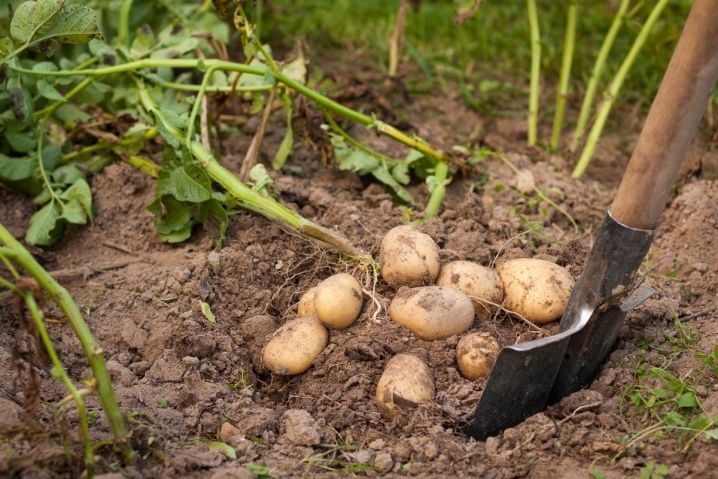
Influencing factors
The yield of potatoes depends on several main factors at once.
- Boarding time... It is not recommended to plant potatoes too early. If there is a threat of return frosts, planting vegetables should be postponed until later. Otherwise, the tubers may die.
- The choice of the variety. When planting potatoes on your site, it is important to take into account the features of the selected variety. Early ripening and early potatoes are recommended to be planted as early as possible. It develops well even in cold soil. But you should not rush to plant late varieties. If these potatoes are planted too early, it will negatively affect the quantity and quality of the crop. It is recommended to choose a variety of potatoes, focusing on the characteristics of the local climate.
- The quality of the planting material... The choice of planting potatoes also plays a huge role. It should be intact and fairly large. It is not recommended to plant damaged, sluggish or green potatoes.
- Seat selection... It is recommended to plant potatoes in a sunny place. In the shade of trees, the bushes grow poorly, and the dug tubers are very small in size. The surface of the potato beds should be flat.
- Features of the soil. Potatoes grow best on light, airy soils. Chernozems and loams are ideal for this culture. For the normal development of tubers, it is recommended to regularly loosen the land next to the bushes.
- Soil moisture. For normal growth and development, potatoes need regular watering. Usually plants have enough moisture, which gets into the soil with rain. But, if the summer turned out to be dry, the potatoes will have to be additionally watered. Particular attention should be paid to this procedure during the formation of tubers. For watering plants, it is recommended to use well-settled rainwater.
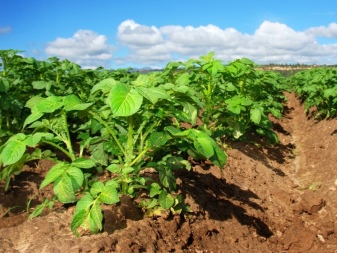
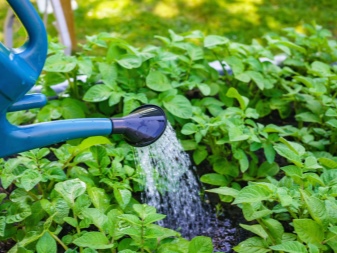
Done right, great results can be achieved with little effort.
Average indicators
Experienced gardeners note that the yield of potatoes is quite high. This can be seen by assessing the national average.
From 1 are
The average potato yield is 150-200 kg per one hundred square meters. In general, this is a very conditional figure. It can change from year to year. As a rule, from one bucket of potatoes, about 5 buckets of harvest are obtained at the exit. By growing plants in a greenhouse, the number of fruits harvested can be increased.
But the average harvest rate is already quite a lot. Indeed, several sacks of large potatoes can be collected from one small area. This is quite enough for an average family.
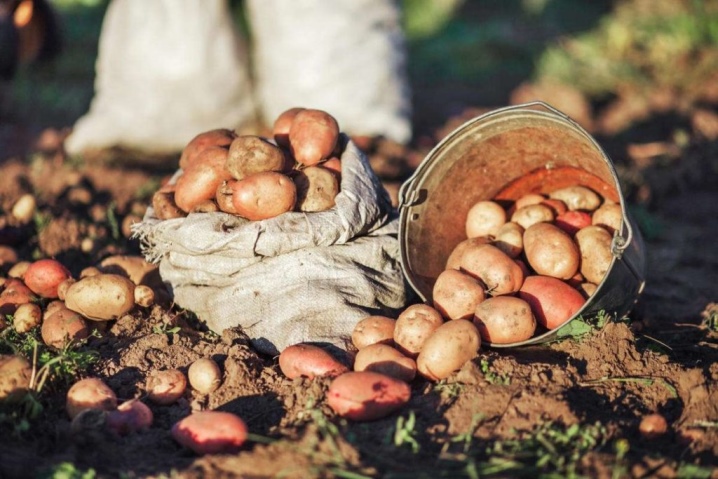
From 1 ha
One hectare of land is usually harvested from 50 to 150 quintals of potatoes.... But this figure may well change. If you properly care for the plants, as well as feed them regularly, the yield of fruits can be increased to 20 tons per hectare.
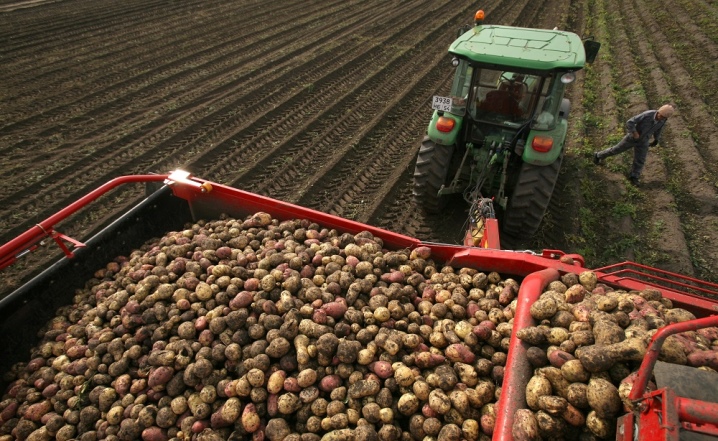
How many potatoes can be harvested in different regions?
Potatoes can be grown in almost any part of Russia. The yield of this crop depends on local climatic conditions.
A large number of potatoes are harvested in the Bryansk region and central regions. About 230-250 centners of tubers are obtained there from one hectare of land.In the Moscow and Leningrad regions, the harvest rate is 200 centners per hectare of land. Residents of Tatarstan and Chuvashia can count on good harvests.
But in Siberia and other cold regions of the country, it is quite difficult to collect a large amount of potatoes from one site. For this, a person will have to work hard.
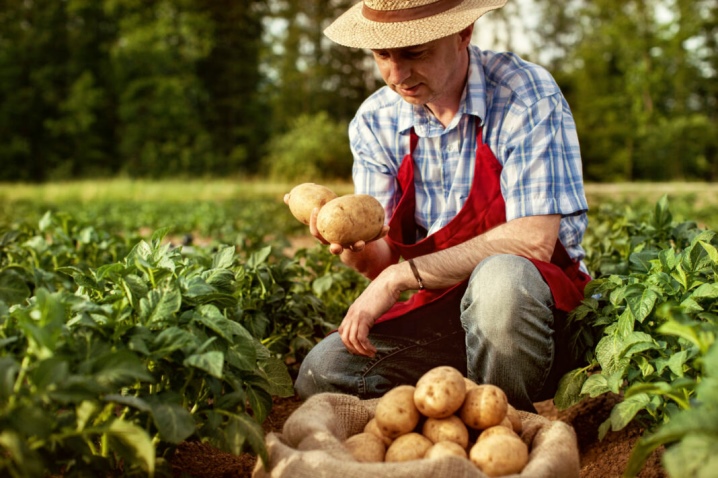
How to increase yields?
Regardless of where exactly the potato is grown, its yield can be easily increased. To do this, you should adhere to a number of simple rules.
- You should not constantly plant potatoes in one place. This drains the earth greatly. Because of this, the yield of potato bushes is significantly reduced. Usually this crop is grown in one place for three years. After that, the area on which the beds are located is changed.
- To improve the quality of the soil and increase the yield of plants, potato beds need to be fed regularly. Most gardeners prefer to use organic fertilizers for this purpose. This can be compost, manure, or even bird droppings.
- Another way to increase yields is to use green manure plants.... They are planted, and then mowed and immediately embedded in the soil.
- Like other plants in the garden and garden, potatoes are often attacked by pests and various diseases. They greatly harm the yield of the plant. To prevent this from happening, the bushes, if necessary, are treated with insecticides. To protect the site from common diseases in spring and autumn, it is sprayed with fungicides.
- For planting in a small area, it is recommended to use high-yielding potato varieties. People living in the middle lane should pay attention to such varieties as "Gala" and "Russian beauty". They bear fruit very well and are considered unpretentious to care for. Experienced gardeners also recommend using different varieties of potatoes for planting, changing them from time to time.
- Some gardeners cut the tubers around the entire circumference before planting. This helps to stimulate the active development of the shoots. Cut the tubers carefully. The depth of the cuts should be no more than 1 centimeter. Two weeks after the end of flowering, the stems of the potatoes are carefully cracked. The break point should be about 10 centimeters above ground level. In this case, all nutrients will go to the tubers.
- Helps to increase the yield of potatoes and proper disinfection of tubers. Most often, the fruits are treated with potassium permanganate or copper sulfate. Some gardeners prefer to use a garlic solution instead. For its preparation, 1 kilogram of finely chopped garlic cloves are diluted in 10 liters of water. To accelerate the growth of potatoes, you can use a nutrient solution prepared from nitrogen fertilizers, superphosphate, and potassium salt.
- So that the potatoes do not get sick and bear fruit well, it is also important to harvest the crop correctly. All damaged or infested tubers must be discarded. The bulk of the potatoes must be dried well. Before storage, the fruits must be sorted and laid out in separate boxes, nets or piles.
- In order for a larger number of tubers to form under each bush, the potatoes must be spud... This is usually done 2-3 times per season. For the first time, the beds are loosened immediately after the first shoots appear. The next hilling is carried out in one and a half to two weeks. The site can be processed both manually and with the help of a special plow or motor vehicles. It all depends on the size of the site and the capabilities of its owners.
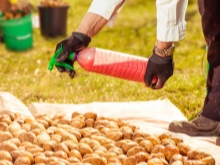
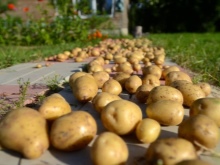
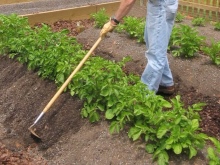
There are also several special yield-enhancing techniques that are gaining popularity right now.
- Mittlider method. The potatoes are planted in narrow beds. The length of each of them must be within 9 meters. The average row spacing is 50-60 centimeters.It is believed that it is on such narrow beds that large tubers are best formed. It is worth using this method only if the area on which the potatoes will be planted is flat. In this case, the potato rows should be located in the direction from north to south. The place for planting potatoes is marked with pegs in advance. For feeding the beds equipped in this way, mineral fertilizers are usually used.

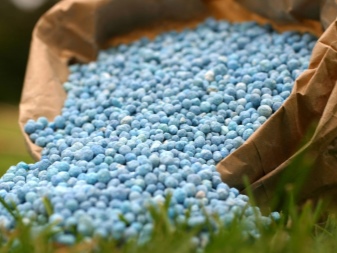
- Gülich method... Having decided to use this planting technology, it is worth using high-quality large tubers as a seed. The plot must be marked out into squares. The size of each of them is 60x60 cm. A small depression is made in the center of each square. It is filled with a mixture of fertile soil, rotted manure and humus. Place one large potato inside. In this case, the sprouts should be directed downward. The plot is regularly watered. After the shoots appear, a small amount of soil is poured into the center of each plant. Growing stems are taken to the sides. This procedure is repeated several times in a row. An adult bush should be large and multi-tiered.
With proper care, it will be possible to collect about 10-15 kg of tubers from it.
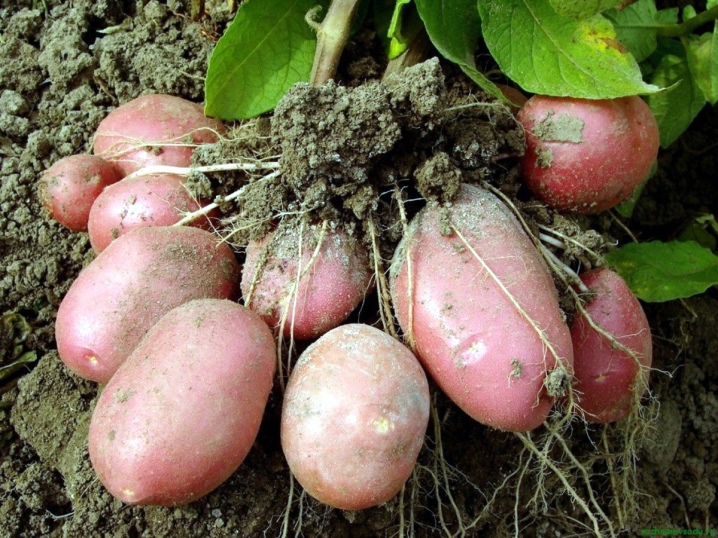
- Dutch method... It is worth growing in this way high-quality Dutch potatoes. The beds are located in the direction from north to south. They have been prepared since autumn. At this time, the site is dug up and organic fertilizers are applied to the soil. In the spring, the beds are fed with urea and loosened well again. The wells are placed at a distance of 70-80 centimeters from each other. The gaps between individual bushes should be at least 25 cm. Having planted the potatoes in the holes, they are covered with a large layer of earth. After another 2 weeks, a little soil is added to the beds. It is recommended to mow the dried tops 10-14 days before harvesting. This will increase not only the size of the tubers, but also their keeping quality.
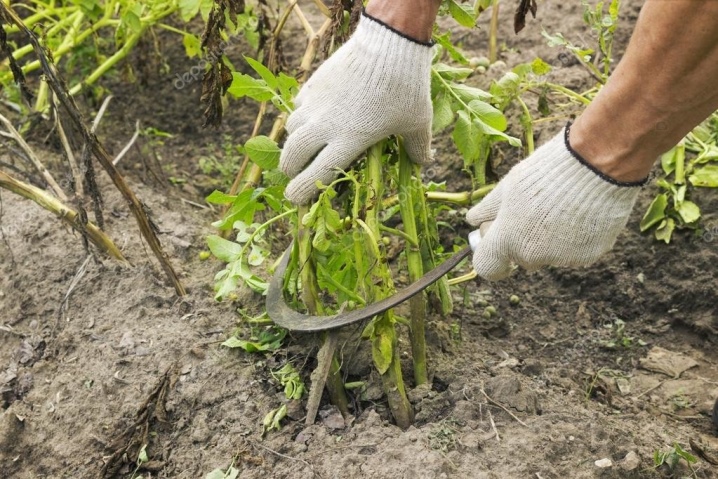
- Growing potatoes under a layer of straw. Using this method, you can even grow large potatoes on rocky soil. This method of planting potatoes looks very simple. The potatoes are laid out in small holes and then lightly sprinkled with a little soil. On top of the beds are covered with dry straw, garden mulch or sawdust. The main thing is to completely close the tubers, protecting them from direct sunlight. Harvesting crops grown in such beds is very simple. You don't even have to dig up the tubers. It is enough to pull each plant by the tops and separate the tubers from the roots.
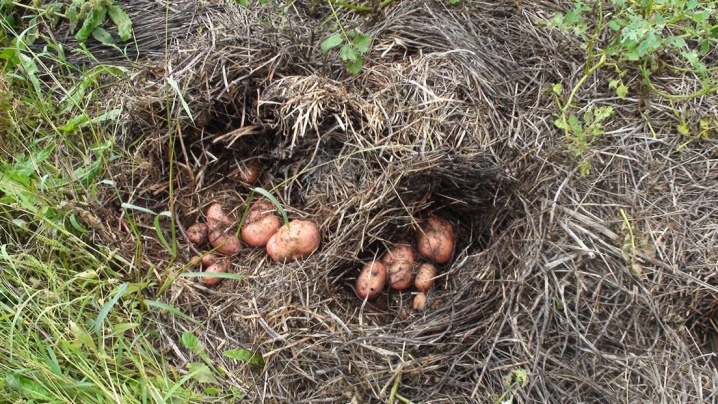
In general, it is quite easy to increase the yield of potatoes. The main thing is to regularly look after the beds and not ignore the problems that arise.
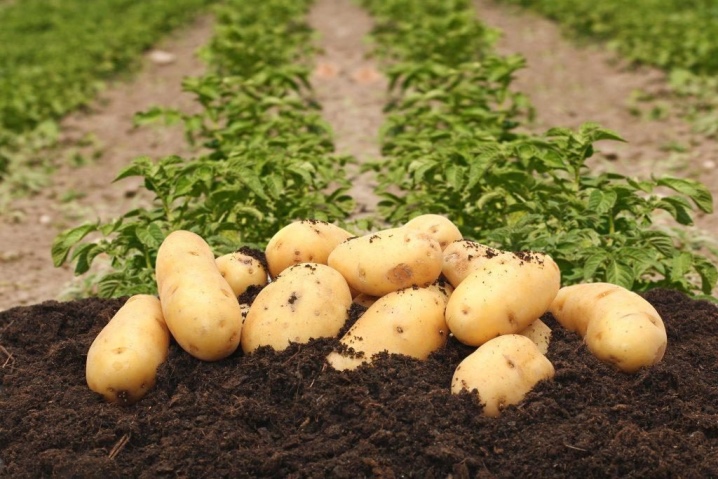













The comment was sent successfully.